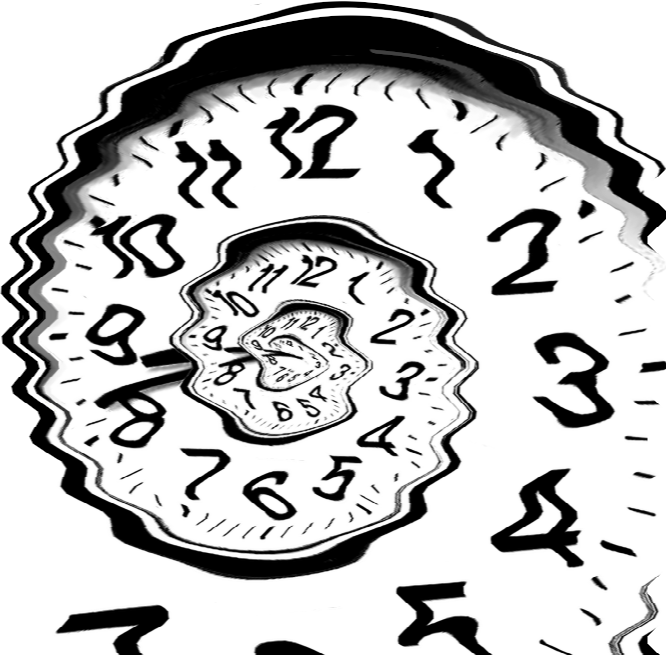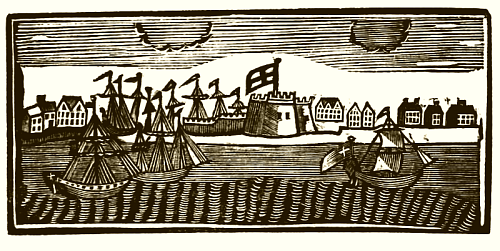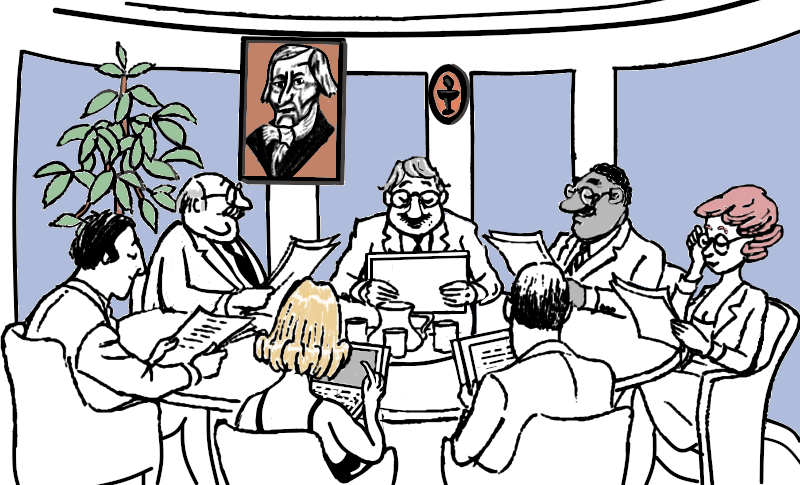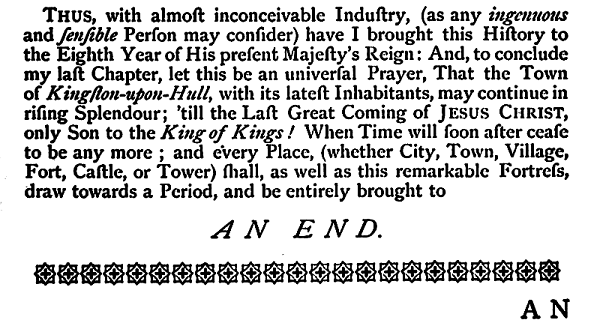
I manipulated this image for an Autumn 2016 magazine that subsequently did not appear. Its relevance now is the fuzzy, even breaking, passage of time.

I find myself in a different place regarding Unitarianism in 2016. I have read more, particularly historical material, but I also have a more enhanced theology on the boundary between non-realism and realism.
Unlike in many periods of my Unitarian involvement, there is no competitor. Anglicanism is too hierarchical, too liturgically backward, now too doctrinal, for me to consider it. I did have a trawl through URC material, if this might be an alternative. It is in its own state of catastrophic decline, is split in a number of directions, and although there is space for radical views these have to overlap in some formality with those of evangelicals.
Yet there is no doubt that I feel at a greater distance from Unitarianism more than ever before. The Unitarianism that may reflect one future is not one I follow.
I have become a little stronger regarding historical continuity and, importantly, discontinuity. In other words, my understanding is more subtle.
There are discontinuities from Calvinists intending a particular future when we myth-make directions backwards. The Hussites may have inspired later generations with the Bohemian symbol of the chalice, but of course the Hussites themselves had nothing to do with the Unitarian flaming chalice. It was about the Hussites saying the laity also receive both the blood of Christ as well as body and that both are necessary for salvation. The Council if Constance, where Huss was arrested, declared this a heresy, as Catholics reserved the drinking of the blood for clergy as a point of 'reverence'.
My interest spread to how it all started: Edward inviting theologians into universities, they going and experiencing Protestant pure rule abroad during Mary's repression, their return with Elizabeth I but she warning James VI in Scotland about the Puritan sects, for the Presbyterians to then succeed in Scotland. Thus in Holy Trinity Hull during the Commonwealth period the Presbyterians worshipped in the Nave and the Independents in the Chancel (the division was national), being removed in 1669, well after the Restoration, and having nowhere to go due to repression. But in 1672, with the very beginnings of toleration, the Presbyterians formed two congregations in Blackfriargate and elsewhere, and then in 1680 came to Bowl Alley Lane as one, and then built a chapel over ten years later after the Toleration Act and a change of royal regime. These then were different people.

But it is important that we do not confuse the continuation we see with a narrative of looking back, with the realities of individuals and stances looking forward then into blank space. It is also important that in going back historical imagination - empathy - is used rather than seeing things as, for example, similar to our 'social justice'. The provisions of Chamberlain went to the godly poor, people who might also be saved, and whilst they did not have to be Presbyterian or Puritan, they did have to have some testimony of works as evidence of salvation by God.
Later on, we see the difference between Leonard Chamberlain or a Joseph Pease making money in a fixed mercantilist setting and his grandson Joseph Robinson Pease making money as an out and out capitalist. This latter chap was also the one who led setting up an octagonal chapel in Hull, a deliberate European ecclesiastical design that would still show themselves as distinct from the Church of England. We need to see - imagine - the difference between a Chamberlain and the Rowley Puritans Chamberlain so admired wanting liberty for themselves but not others (evidentially by the Puritans' authoritarian religious communism abroad) and later those liberals who wanted liberty to break the old feudal regime and let in a kind of free trade libertarianism.
Locally I resigned as Magazine Writer and Compiler for Hull Unitarian Church for similar reasons. One of its cartoons was as below:
 The cartoon shows Leonard Chamberlain and the Unitarian Chalice
The cartoon shows Leonard Chamberlain and the Unitarian Chalice
This leaves me doing the music which I volunteered to do seven years back, and made me every year the most frequent attender, compared with the magazine nearly begun two years back and now ended. My various stances emergency liturgies are due to be replaced, at some point, theologically I am apparently at some distance in time, and I have a view that the intellectual should be represented (with ease of understanding) in an all-important sermon (I have never understood the Roman Catholic 'homily', for example).
I do have a legacy (updated) of a Christian theology course given at Barton Anglicans which could be an ecumenical presentation for wider dicussion, perhaps with religious professionals and the already interested. It is not be Unitarian as such. The extra material is on Rowan Williams and others that have in recent times created a distinctive British theology. This is however not Unitarian discussion group material, although there is some Unitarian theology within it. It is not the sort of approach that would be discussion group material.
My view has become one that religion and Church are institutional. Beliefs and stances are advertised; in response people who have views and beliefs and stances that sufficiently overlap with this and each other gather in one place rather than another. The people they gather with are not necessarily their friends, but hopefully these people put more effort in to fellowship than they would in, say, any workplace.
I am Western religious, a humanist, someone who is non-realist regarding God, though allowing for the possibility of transcendence, with many signals of transcendence. I am liberal, but I also see the collective nature of culture and language - so much of language and communication forms experience. We are social animals with a library and knowledge of impending death. I have practiced this within the Presbyterian-Unitarian line that I constntly seek to understand. My personal memory joined that collective memory. I am not interested in the alternative 'spiritual but not religious' because, I'd argue, humans are made by institutions, in which one or more has religion. Society is in each person, as well as each person being in society. Society comes via institutions, and institutions have memory.
This is why the sermon is important. Within the chain of memory is the historical-theological content of the church and the denomination, and I argue that these should feature at the heart of the church's activities and right there in the sermon.
As someone 'religious but not spiritual' (in a crude summary), I am not someone who enjoys open meditation. For me, meditation is prgrammatic and guided by a religiously coherent line and expectation of outcome. Quakers, for example, do not do meditatio. In their understnading, they wait upon the Spirit, however that spirit is understood. Such a silence is liturgically relevant, plus in a noisier service it is a moment of calm.
I state this current preference as someone who has gone weekly to a Western Buddhist group in the past, but did it precisely because what I was doing had a certain theory about it, rationally explained, and it was done as the whole package by dedicated ordained Buddhists.
Returning to the British Unitarian denomination, and any church within it, as an inheritor of the Presbyterian-Unitarian line, with several other inputs, such as General Baptist and Cookite Methodist. I value my attendance at the Unitarian Theology Conference in 2016 and learning about the sociologist Daniele Hervieu-Leger. She is the one who argues that religion has a chain of memory. It can have additions, and it can have memory losses (one of her concerns), but the institution 'carries' its characteristics. If you ignore them, they won't ignore you.
This is not some sort of mystic hocus pocus, but the rationale of gathering that has worked layer upon layer institutionally through the ages, producing its characteristic that functions. The formed institution is with a language (way of speaking) and a culture (inheritances), one in relationship - positive and negative - with the environment in which it sits. People who been there and what they do in part inculturate people who come in.
Any Church that tries to radically rewrite itself can only really do so with a new philosophy, a new direction, new leadership, new people. But, sociologically speaking, the danger of a highly radical revolution is the 'cult'. The cult is a following that takes place around one leading person. When that person withdraws, the cult often collapses. I argue that Unitarianism was a somewhat revolutionary change in the Presbyterian shells, but it maintained enough of that shell, of the changes to the Arminian view, and whiff of Arianism, to maintain continuity, plus there was a whole Socinian background. There was much that was national, much had gone through the printing presses. So it is possible to make change, and rapid, somehow holding to the past as well: where we were, where we go.
A footnote: in late October 2017 I set out to investigate a lecture by Hans le Grand and purchasing the book. My initial Facebook post saying I was going to look at this, with some rapid reading and directions expected, was picked up and opposed based on the issues and tone. I defended my material: the result being I left the church completely. This review is now a webpage on this Pluralist Website.

Adrian Worsfold
Pluralist - Liberal and Thoughtful